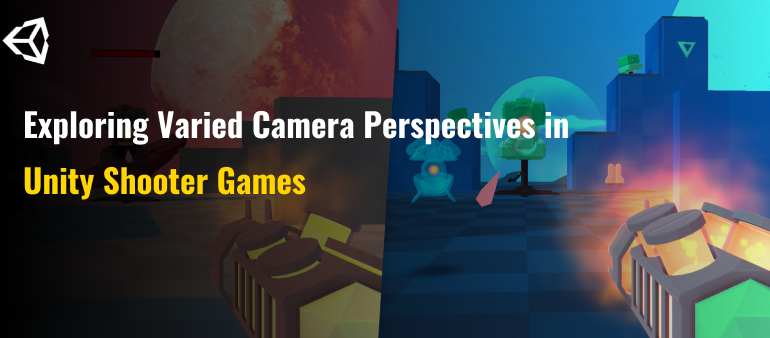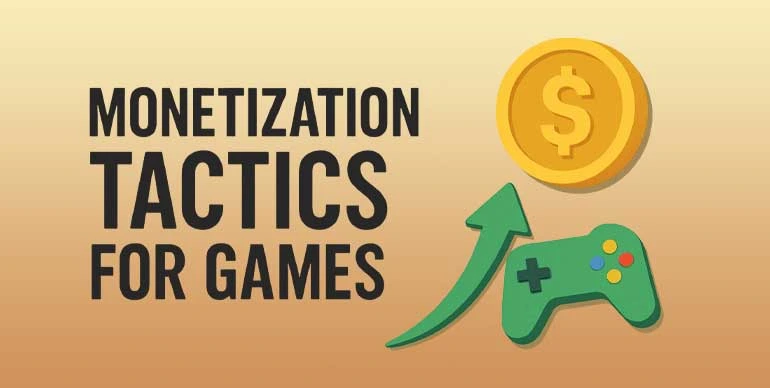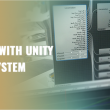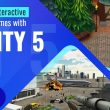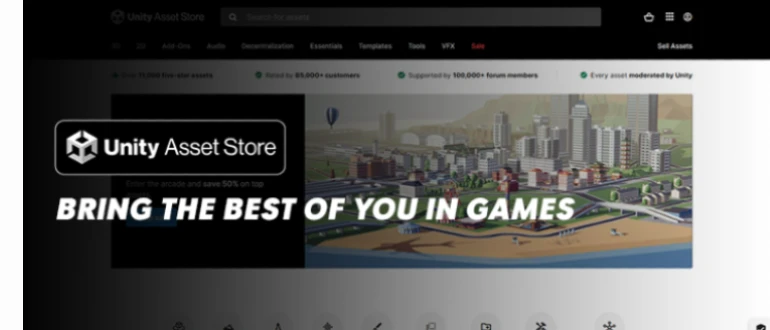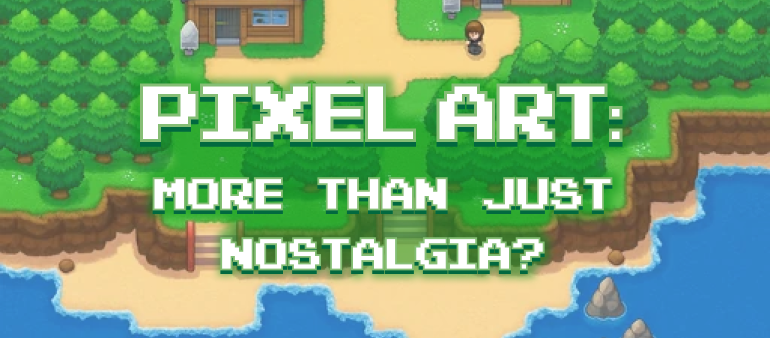Ready, Aim, Fire!
Or for the developer's sake, let's go by Lights, Camera, Action!
Don't go, "Eh! Really" on this traditional cue. Since, I don't intend to talk about cinematography but about the cinema of gaming - about the perspectives that are built by lights and cameras in the making of action video games, particularly shooter games. The category profoundly known to test the player's spatial awareness, reflexes, and speed in both single-player or connected multiplayer environments. Interestingly, with this in mind, we'll be talking about the emphasis that specific types of camera, their position, and the angle lays on the shooter games. Adding to it, the different perspectives used to give a life-like feel that enables the player to ignore the real-world surroundings and be engrossed in an experience that's immersive, engaging, entertaining, whatever word you like.
Cameras capture the virtual world of a player, and manipulating it along the lines is an ‘art’. Playing with the depth, the resizing, and positioning of the camera's view on the screen is what a developer must understand to the core in order to create multiple views in a game world.
How we view a game vs. how we play it
As I see it, while on a game, close attention to particulars is not something an average player pays heed to, but a professional surely does. Therefore, picking the best-suited view becomes indispensable. As a result of which there is outright focus on the details to give the player an immersive gaming experience. And, this factor hinges around several variables.
When on the battlefield, a player would want to be able to control their movements and view. However, that lack of control, along with the frequent repositioning of the camera, can be infuriating for the player. So, I believe a player should be able to view every angle, irrespective of what the game thinks. The player should have control.
With that said, let's begin with understanding what Projection is. When one displays a three-dimensional object on a 2-D plane, that's Projection for you. A technique that profoundly impacts a game's look, feel, and mechanics. So, how about we delve into its types.
Orthographic Projection

This kind lacks perspective, depth, and a consistent relationship between its axes, like in 2-D or isometric games. Therefore, the characters and objects don't reduce in size when they move closer to the horizon. The reason being, there is no real horizon in this view. Moreover, in a side-view Orthographic projection, you view a scene as seen through the player's eyes. You get a top-down perspective on placing the camera at some height while positioning it down, and when you move the camera over the player's head, it gives you a bird's eye view.
Perspective Projection

Painstakingly, this projection works on the principle of focal point, with the camera's angle and position holding no credibility in the process. Just like the human eye, the camera renders objects in a way that makes them look smaller as their distance from the viewer increases (perspective stays intact). To give you more information on this, let's first walk you through the different modes in gaming.
The involved creativity in shooter game development provides the developer with confident choices of either creating 2D (flat images drawn on the screen with the camera having no perspective) and 3D content separately or of using them together in the same project. And, then comes an exception to both, where a 3D game simulates a 2D view into 2.5D. Oh! Yes, don't raise your eyebrows. There's 2.5D as well, also known as 3/4 view, where 2D games use 3D geometry for the environment and characters.
Now that you understand the fundamentals of the subject, let's cut to the chase and give you the tour of the other various perspectives that exist in the world of shooter games, the First-person view, and the Third-person view.
First-person view in Unity 3D

"Your monitor is your eyes. Your mouse, your rifle.”
The First-person view in Unity shooter games is easier to understand than you think. The crux of the matter here is "the camera is the player and vice-versa." This category of games centers around action-packed gun-slinging segments.
FPS games, with a solid history of 48 years now, was formally introduced by ID software in 1992 with Wolfenstein 3D and the genre was popularized by Doom in 1993, which at its release, sold a million copies worldwide. The classic 1st person shooter games, like Bungie's Destiny 2, Respawn Entertainment's Titanfall 2, Sledgehammer Games' Call of Duty: World War II - to name a few, have been a breathtaking action-packed adventure that revolutionized the gaming experience for the 21st-century generation. Popularly known for its interactive environmental storytelling.
Gradually, the emerging technology and the rise in virtual reality, has let the genre pursue unmatched realism by creating competitive, intense, and incredibly exciting shooting games for the players.
Third-person view in Unity 3D

The 3rd person shooter games give you a complete view of the avatar in the game, and its area surrounding. Thus, the developer needs to pack a punch while working on the appearance and animation of the characters. Unlike the other in-games, this genre provides a tangible character that the player can relate to. Another good thing about this is the interactiveness which is created between the character, the objects around, and the player. This game gives the avatar the ability to perform different maneuvers as demanded by the role play - like using various weapons, a range of hand-to-hand combat, driving, navigating on foot, etc.
Primarily developed as desktop versions, few shooter games like Warframe, Fortnite have stunning graphics, impressive presentation, and gameplay, making the game addictive for the adrenaline-packed shooters.
Best of both worlds
Then there are games that utilize both perspectives (FPS and TPS) with varying levels of success.
I think the perspective matters on the viewpoint of the player as both the views individually do better in certain circumstances. Third-person perspective games give you the spatial awareness needed and the less jarring movements for better experience while in the first-person perspective games, you are closer to the screen and the reticle assists you with the shot.
From the 2018 Fortnite to it’s more realistic looking cousin, PUBG - the battle royales have been giving the much needed hunt-or-be-hunted environment that most gamers crave for. Plus, the added wow-factor that comes with both.
Over the shoulder in Unity 3D

Popularized by Capcom's Resident Evil 4 in 2003 and later by Gears of war in 2006. Since then, this concept became a standard for action-oriented games. In this viewpoint, as its name suggests, the camera is placed to the left or right of the controlled character's shoulder. It shows the world from a perspective behind and above the character's shoulders, usually not showing further down than the hips.
Regardless of what the future holds, it turns out that the virtual camera system has hooked more and more players with unimaginable immersive gaming. In my view, it is the subtle art of the developers to put the perspectives into action that has offered gamers a more accurate sense of gravity, lighting, sound, and collisions in a game.
“God is in the details”, as I quote the phrase, I intend to lay emphasis on how attention to the details - a selection of camera, camera angle of view, camera field on view, perspective, and minor to major choices like these make a significant difference in how the game looks and feels. By clapping eyes on these particulars, the elements of gaming are made better today.
Understanding the purpose and sense of the segment, Logic Simplified is a Unity game development company has a team of proficient game designers and developers that uses features like navigation, lighting, physics, networking & shaders, etc. to bring your game idea to reality.
 Get a Quote
Get a Quote

